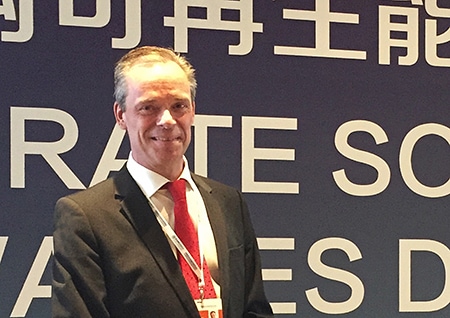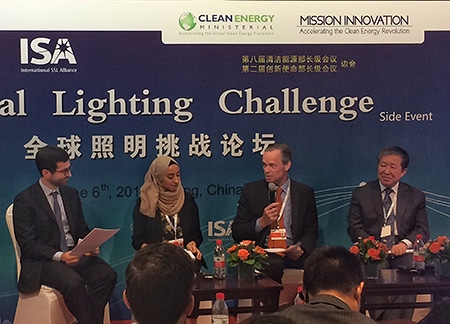Beijing, China – Philips Lighting (Euronext Amsterdam: LIGHT), a global leader in lighting, today confirmed to attendees of the eighth Clean Energy Ministerial (CEM8) summit in Beijing its commitment to sell more than two billion1 energy efficient LED light bulbs globally by 2020. It is well on track to hit this target as by the end of 2016 the company had already reached sales of 628 million LED light bulbs.
In addition, it has recently announced that it has a target to be carbon neutral in Greater China by the end of 2017, ahead of its goal to be carbon neutral in its global operations by 2020. The company is working with China’s leading CSR and sustainability publication, China WTO Tribune, on “the Sustainable Campus” white paper. Published this week, the paper addresses the challenges, opportunities and best practice as China promotes the sustainable development of its economic and industrial campuses.
Philips Lighting estimates that by providing more than two billion LED light bulbs by 2020, the total amount of energy saved would be equivalent to the power supplied by 60 medium-sized coal-fired power stations, with emissions equivalent to those from 24 million cars.
Philips Lighting has called on every single city to switch their street lighting to LED by 2025. Of approximately 300 million streetlights across the world, currently only about one in ten are high-efficiency LEDs. The company believes a focus on renovating street lighting, as well as lighting for buildings, is vital for the global community to reach the objectives of the Paris Agreement.
The company is working in partnership with cities around the world to show the huge impact switching street lighting can have. For instance, its project with the City of Los Angeles to convert all the city’s streetlights to connected LED lighting generated a 63% energy saving last year and reduced emissions associated with public lighting by 47,000 metric tonnes.
“It is encouraging to see cities move to new LED and connected LED street lighting,” said Harry Verhaar, Head of Global Public & Government Affairs at Philips Lighting, speaking at CEM8. “However, the rate at which streetlights are being renovated is much too slow and needs to at least double in order to offset the increasing demand for energy. Renovation of existing infrastructure with connected LEDs not only saves significant amounts of energy, it makes financial sense and provides cities with better lit, safer streets.”
China is hosting the eighth Clean Energy Ministerial, the annual meeting of energy ministers and other high-level delegates from around the world which aims to promote policies and programs that advance clean energy technology and encourage the transition to a global clean energy economy.
1 The more than two billion LED bulbs pledge by Philips Lighting is calculated from 2015-2020 (inclusive).

